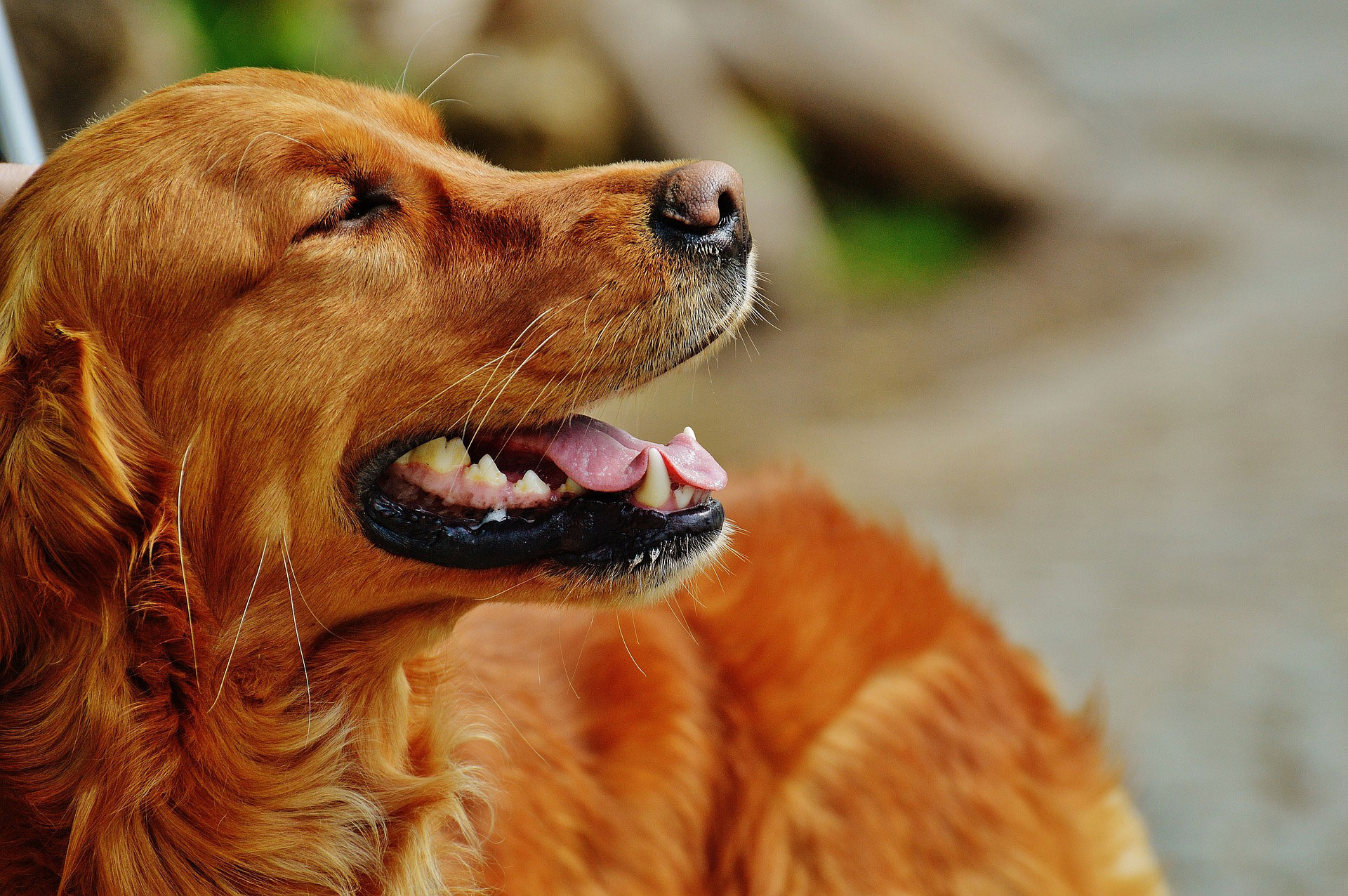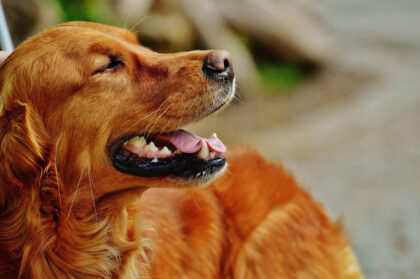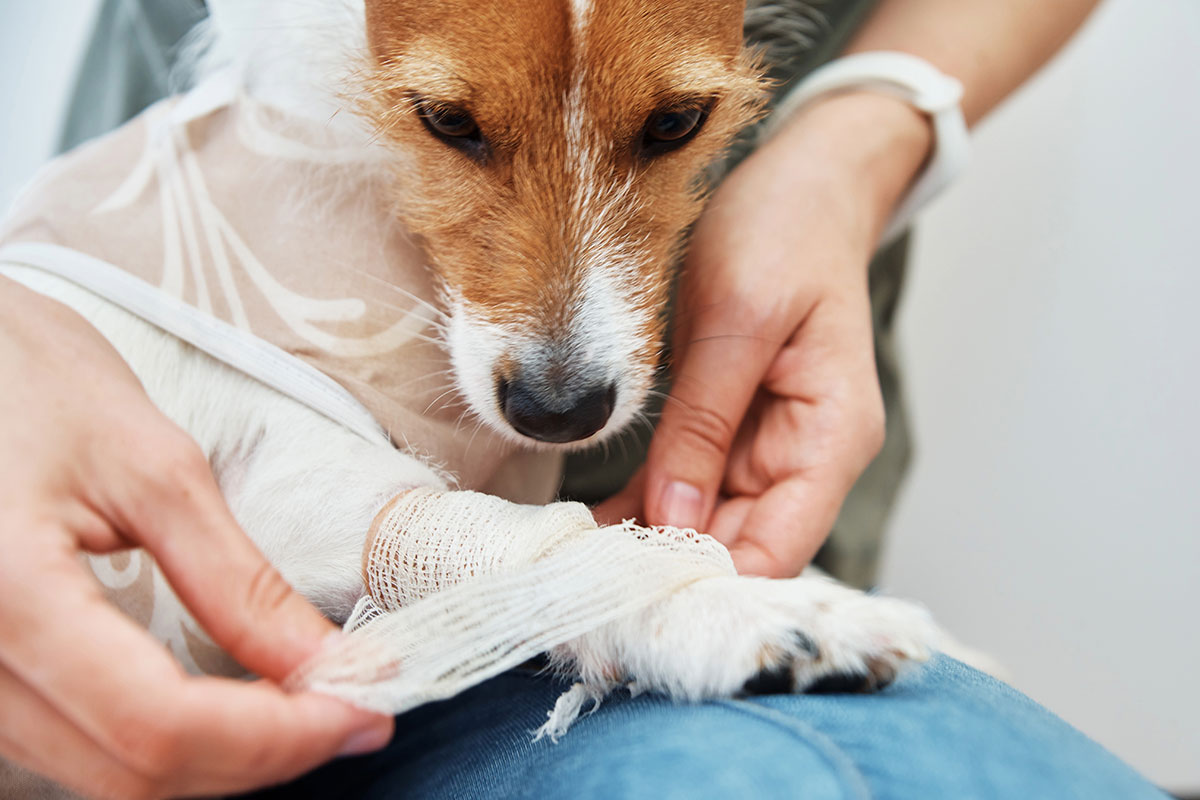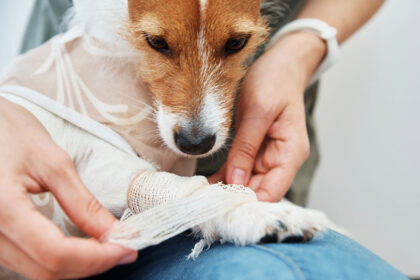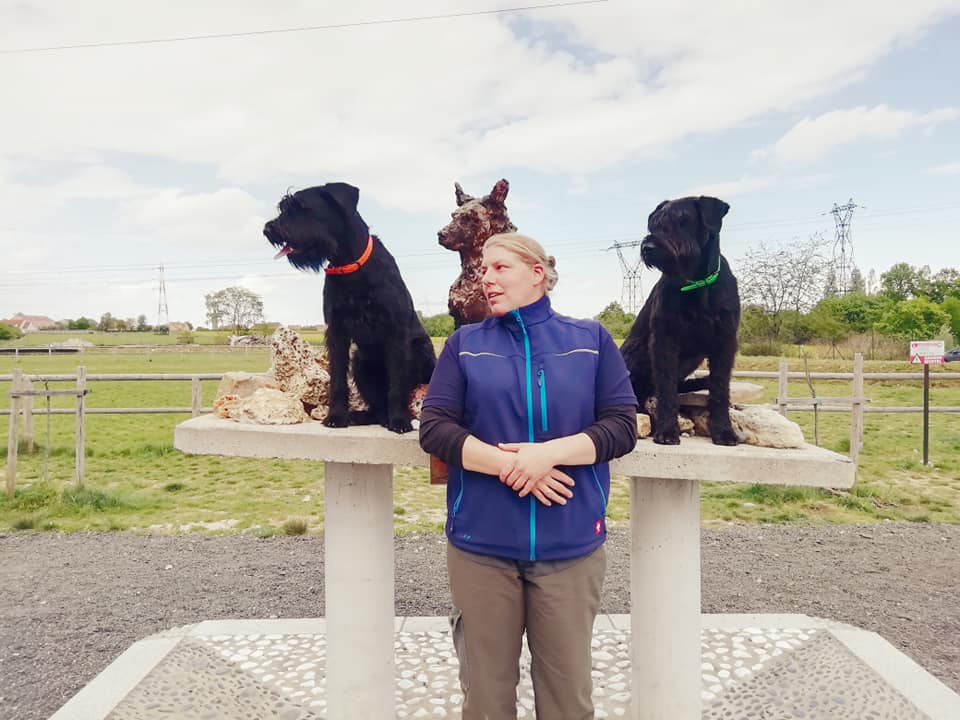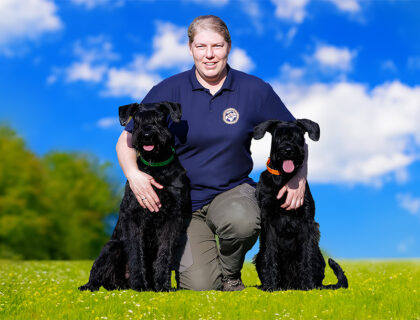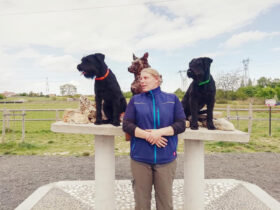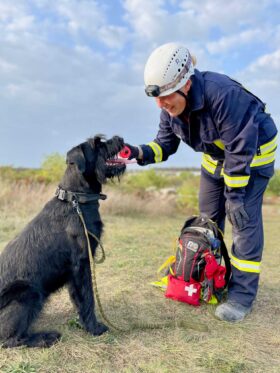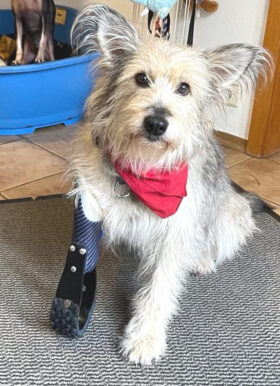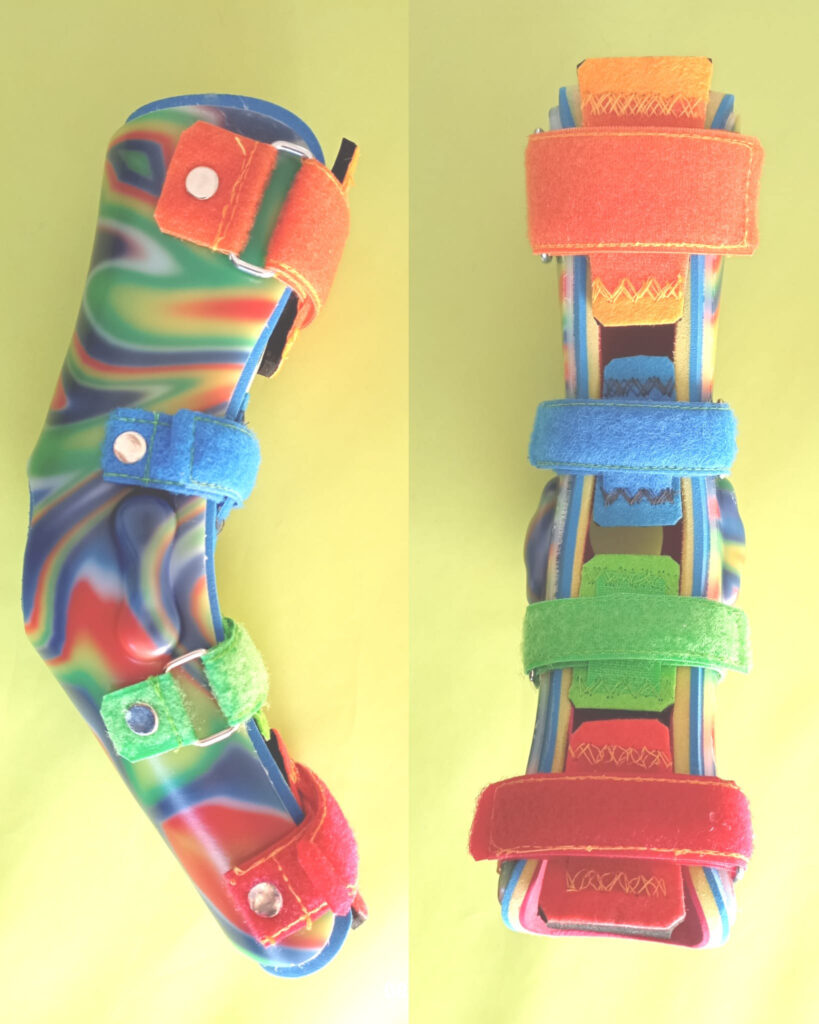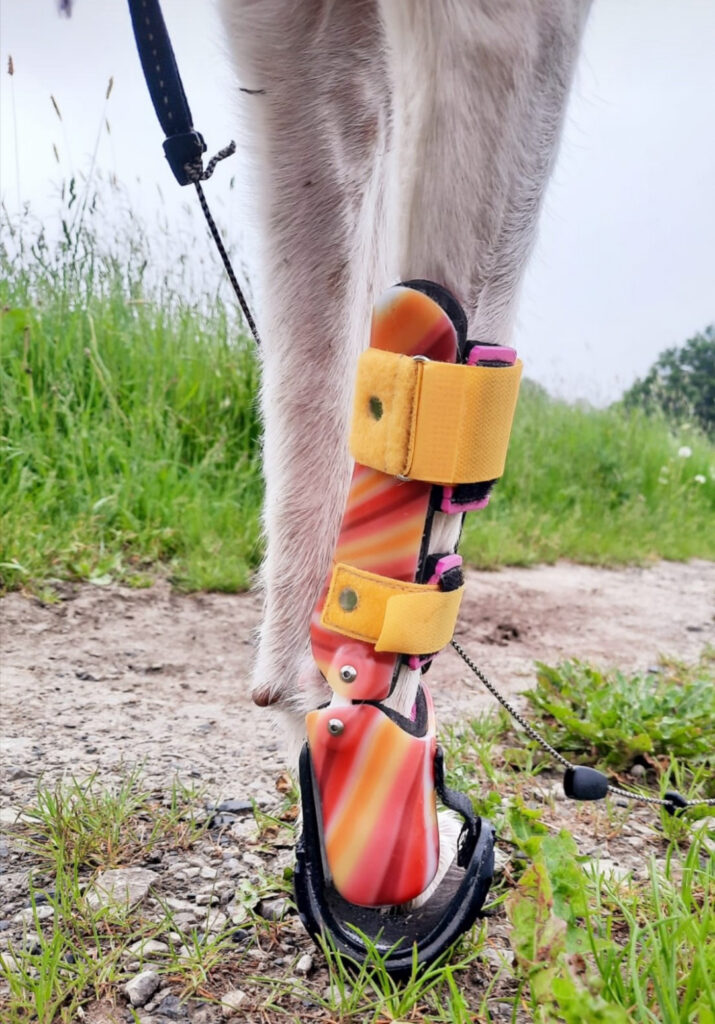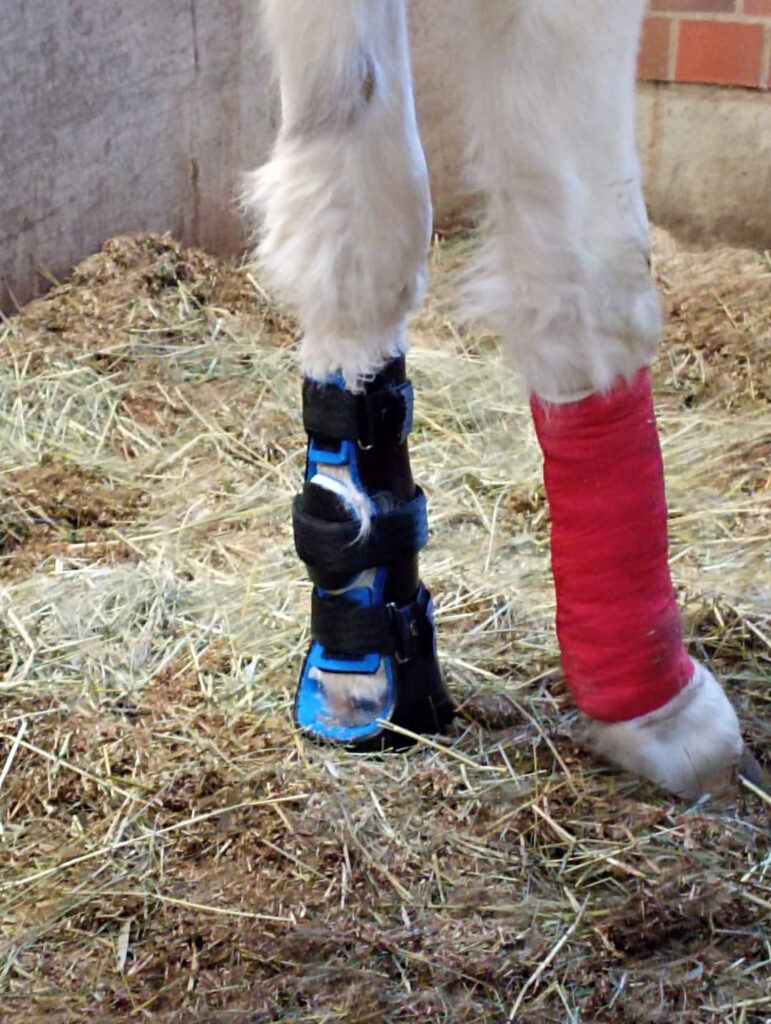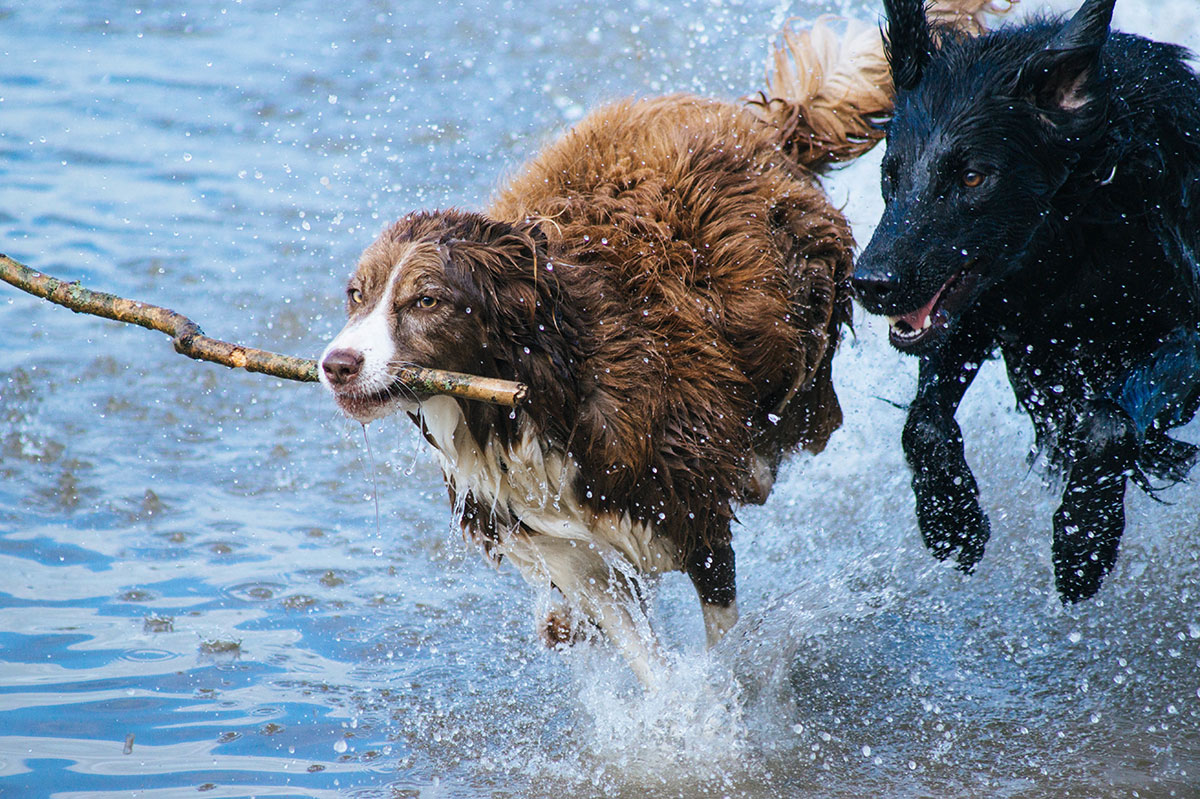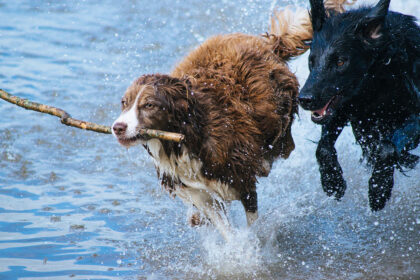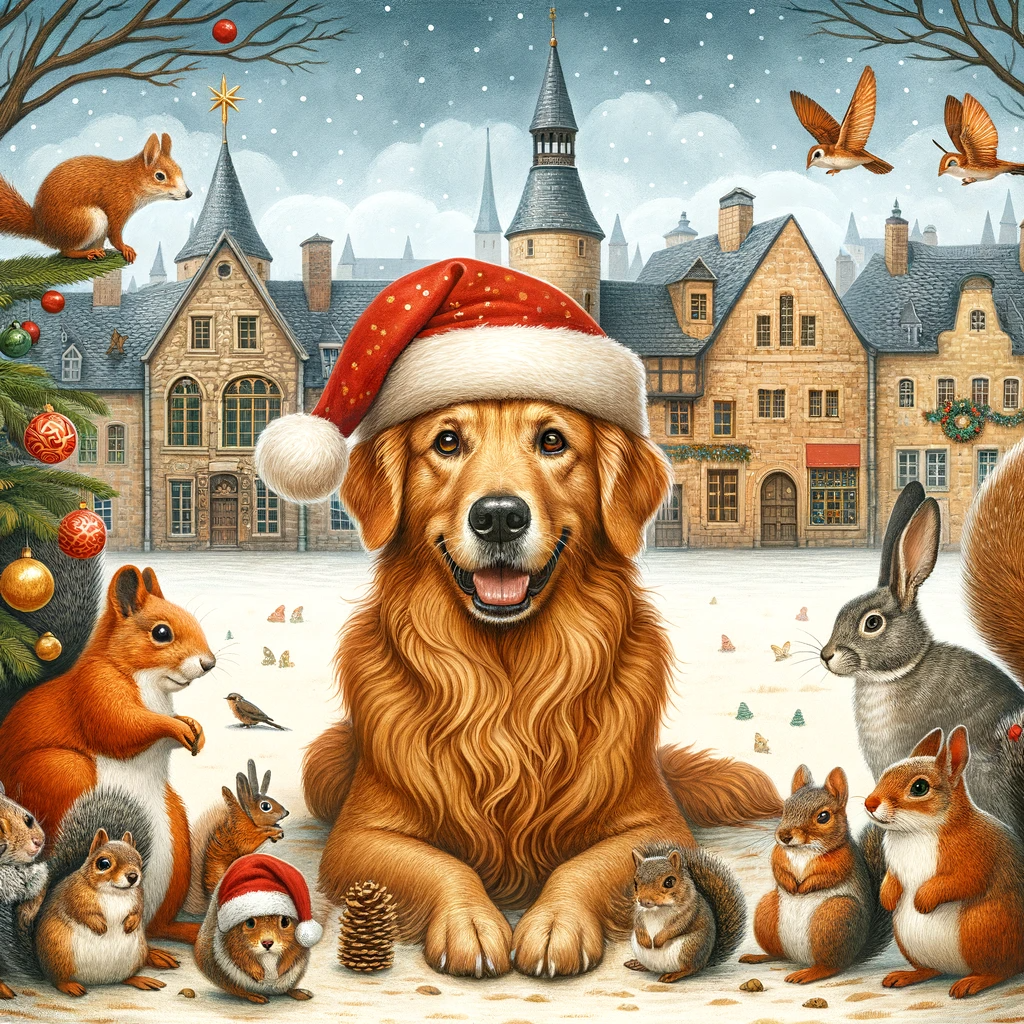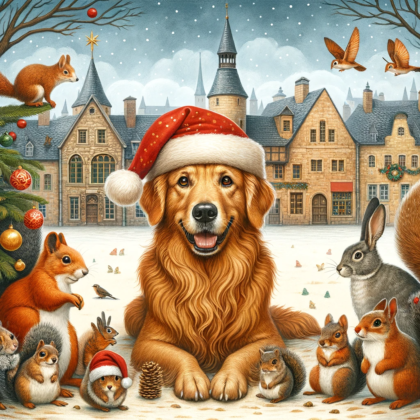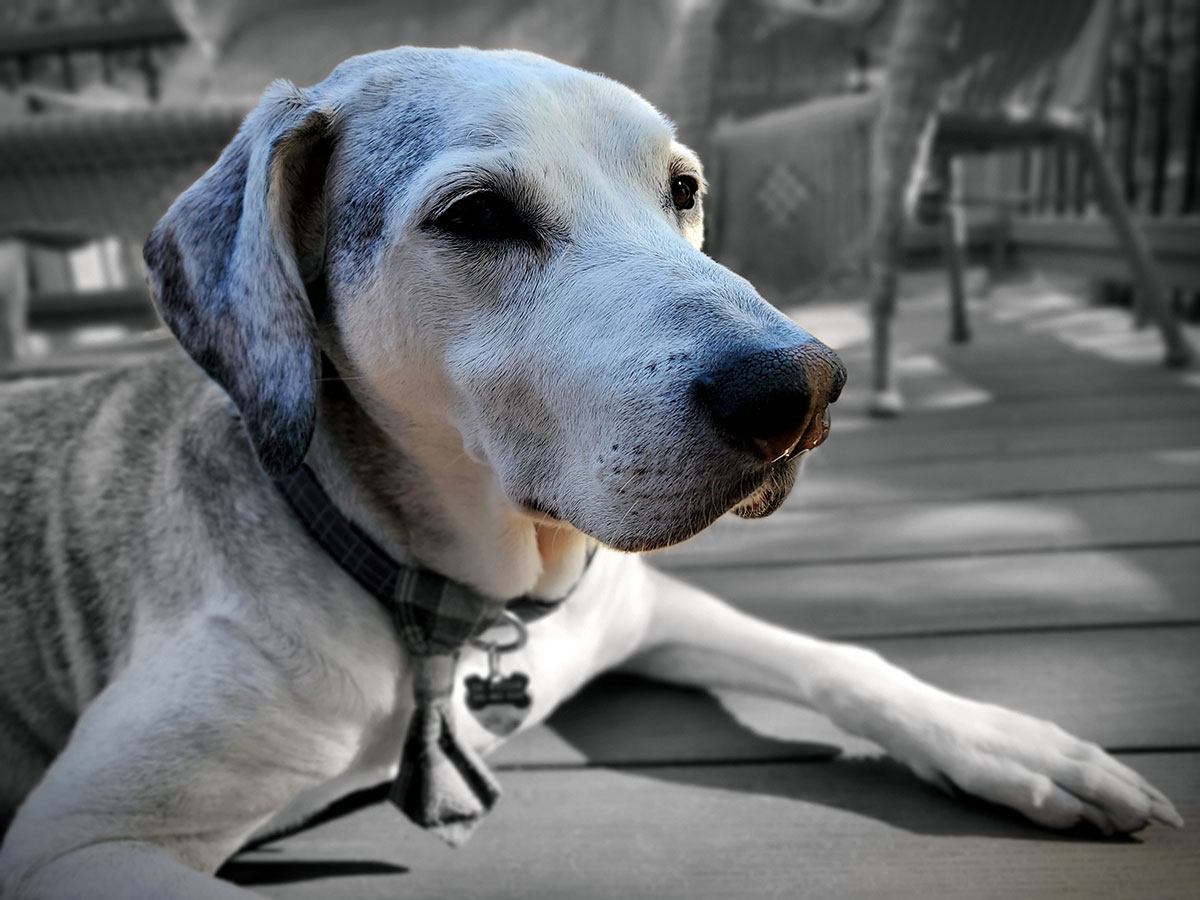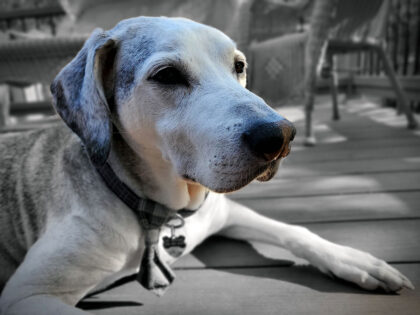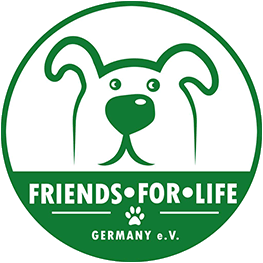- BY DOG FIT by PreThis®
- POSTED IN News Magazine
- WITH 0 COMMENTS
- PERMALINK
- STANDARD POST TYPE

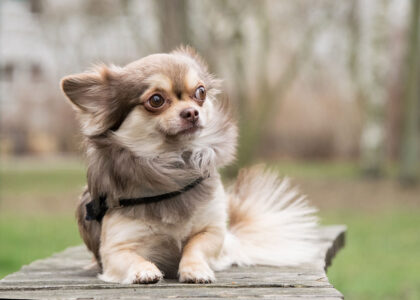
Kidney insufficiency, also known as kidney failure, is a serious condition that is common in dogs. It can occur both acutely and chronically and requires careful monitoring and treatment. In this article, you will learn all about the causes, symptoms, and treatment options for kidney insufficiency in dogs. We will also introduce you to our product DOG FIT by PreThis® VITAMIN B and explain why it can be particularly helpful for this condition.
What is Kidney Insufficiency?
The kidneys have an important role in a dog’s body: they filter waste products from the blood and regulate water and electrolyte balance. In kidney insufficiency, the kidneys are no longer able to fully perform these functions. This leads to the accumulation of waste products in the blood, which can burden the entire organism.
Causes of Kidney Insufficiency
The causes of kidney insufficiency in dogs are varied. The most common include:
- Age: Older dogs are more susceptible to chronic kidney disease.
- Genetic Predisposition: Certain breeds are at higher risk for kidney diseases.
- Infections: Bacterial or viral infections can damage the kidneys.
- Poisoning: Toxins such as certain medications or chemicals can impair kidney function.
- Diseases: Diabetes, hypertension, and other systemic diseases can lead to kidney insufficiency.
Symptoms of Kidney Insufficiency
The symptoms of kidney insufficiency can vary depending on the severity and progression of the disease. The most common signs include:
- Increased thirst and frequent urination
- Loss of appetite and weight loss
- Vomiting and diarrhea
- Fatigue and weakness
- Bad breath and mouth ulcers
- Dehydration
If you notice one or more of these symptoms in your dog, you should see a veterinarian immediately.
Diagnosis and Treatment
The diagnosis of kidney insufficiency is usually made through a combination of blood and urine tests, ultrasound, and X-ray examinations. The treatment depends on the severity of the disease and may include the following measures:
- Diet Change: A special kidney diet with reduced protein and phosphate content can relieve the kidneys.
- Fluid Therapy: Intravenous fluids help stabilize fluid balance and flush out waste products.
- Medications: Certain medications can help support kidney function and alleviate symptoms.
- Supplements: Nutritional supplements can support the treatment and improve quality of life.
Support with DOG FIT by PreThis® VITAMIN B
Our product DOG FIT by PreThis® VITAMIN B is an excellent supplement to support dogs with kidney insufficiency. But why is it particularly useful for this condition?
B vitamins play a crucial role in metabolism and energy production. In dogs with kidney insufficiency, there can be a deficiency of B vitamins, as they are excreted more frequently due to frequent urination. A deficiency in B vitamins can lead to fatigue, weakness, and loss of appetite – symptoms that are already present in kidney insufficiency and can be further exacerbated.
DOG FIT by PreThis® VITAMIN B offers a balanced mix of all essential B vitamins that support your dog’s energy metabolism and overall vitality. By regularly giving this supplement, you can ensure that your dog receives all the necessary nutrients to support kidney function and improve quality of life.
Prevention and Long-Term Care
In addition to medical treatment and the support of supplements, there are other measures you can take to promote your dog’s kidney health:
- Regular Vet Visits: Have your dog’s kidney function regularly checked, especially if they are older or belong to a high-risk breed.
- Healthy Diet: A balanced and kidney-friendly diet can do much to maintain kidney health.
- Adequate Water: Make sure your dog always has enough fresh water available.
- Weight Control: Ensure your dog maintains a healthy weight to avoid putting extra strain on the kidneys.
Conclusion
Kidney insufficiency in dogs is a serious condition that requires careful monitoring and treatment. With the right diet, regular vet visits, and the support of supplements like DOG FIT by PreThis® VITAMIN B, you can help improve your dog’s health and well-being. Watch for the symptoms and act early to ensure your dog lives a long and healthy life.
